The early 1970s marked a turning point for American muscle. Just as the horsepower wars hit full throttle, federal regulations showed up with a clipboard and a chokehold. Emissions standards, fuel economy mandates, and rising insurance premiums didn’t just soften performance—they reshaped the whole muscle car market.
This wasn’t just about cutting power. It was about cutting short the run of some of the most aggressive, high-output machines ever built. Here are ten muscle cars that didn’t just fade—they were forced out by the rulebook.
1970 Dodge Coronet R/T 440 Six Pack
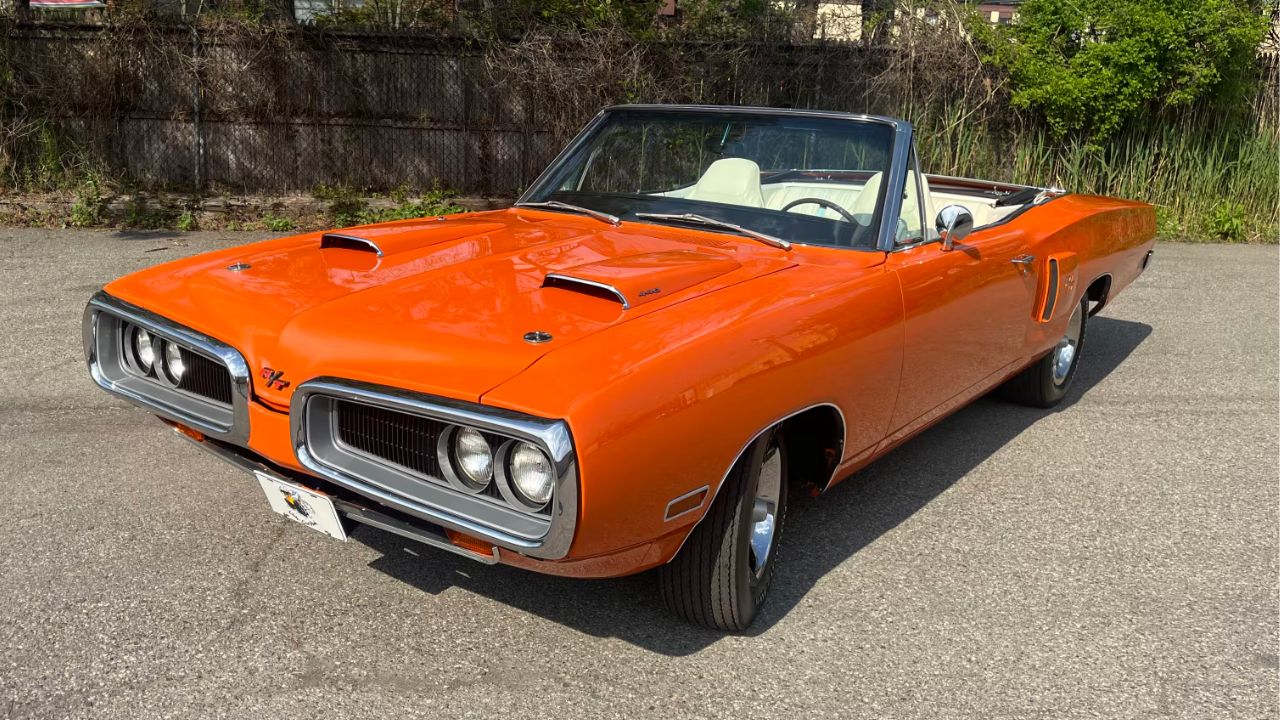
The Coronet R/T with the 440 Six Pack was a bruiser—a 390-horsepower powerhouse with triple two-barrel carbs and 490 lb-ft of torque. It didn’t bother with subtlety, and it didn’t need to. This thing launched hard and sounded downright primal doing it. But 1970 was close to the end of the line.
By 1971, looming compression restrictions and unleaded fuel mandates started cutting into the muscle. The Six Pack setup was dropped, and emissions gear started choking performance. Interiors stayed spartan, but by ’72, the edge that made this R/T special was dulled by federal pressure.
1971 Plymouth GTX 440
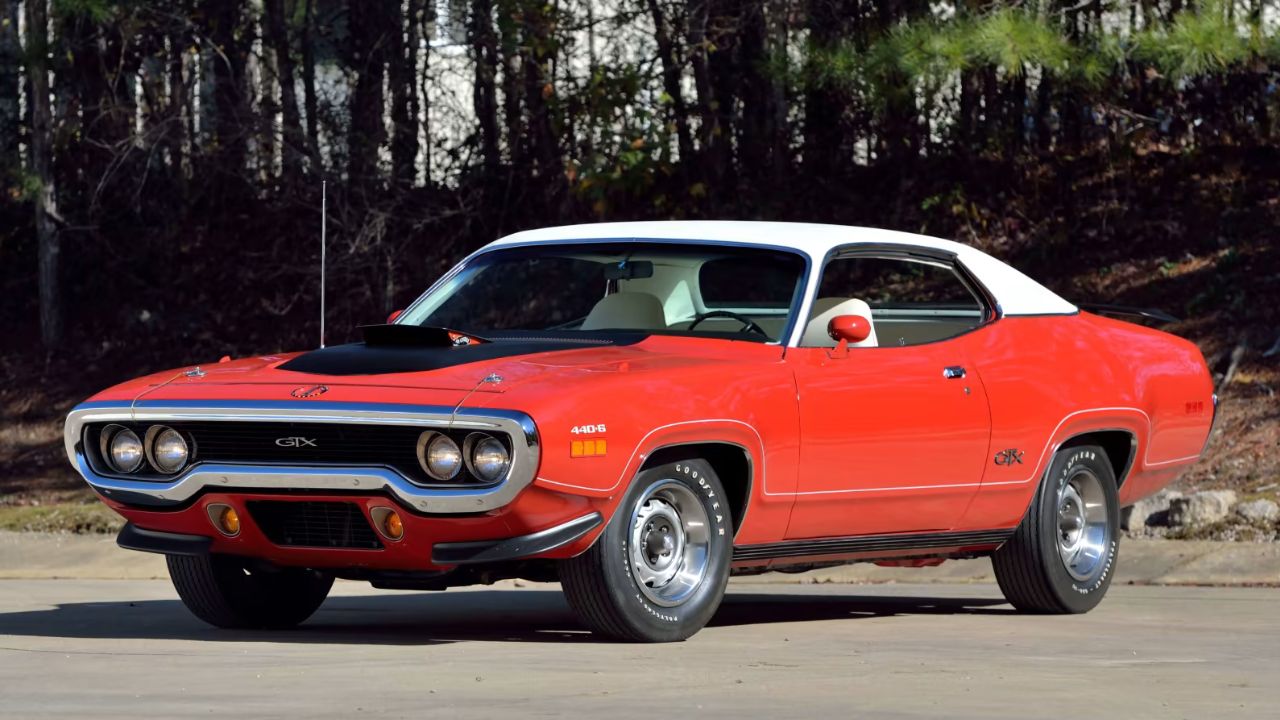
The ’71 GTX still packed the 440 Super Commando—375 horsepower on paper—but tightening emissions standards and lower compression dropped real-world output. That same year, Chrysler began adapting to new federal regs, and muscle cars like this one took the hit early.
Inside, the GTX remained well-appointed for a Plymouth: bucket seats, woodgrain accents, and optional air conditioning. But that didn’t stop the performance slide. The following year saw a bigger drop in compression and horsepower ratings thanks to the switch from gross to net measurements. By ’72, the GTX was absorbed into the Road Runner and the name faded out.
1970 Chevrolet Chevelle SS 454 LS6

This was peak muscle—500 lb-ft of torque, 450 horsepower, and quarter-mile times in the low 13s. The LS6 Chevelle was barely street-legal in 1970, and that’s exactly why it couldn’t survive the coming wave of regulations.
By 1971, the compression ratio was dropped from 11.25:1 to 8.5:1 to accommodate low-lead fuel. Horsepower plummeted, and the LS6 vanished after just one year. Interior options were still relatively plush—vinyl buckets, a center console, and optional gauges—but the real loss was under the hood. The EPA didn’t ban big blocks, but it neutered them fast.
1973 Pontiac Firebird Trans Am SD-455

The SD-455 was Pontiac’s last big swing before the curtain dropped. It was one of the only ‘70s muscle cars with true high-performance hardware: forged internals, high-lift cam, and a 3.42 rear axle. But federal red tape nearly stopped it from hitting production at all.
Pontiac had to choke it down with an EGR system and retune it for emissions compliance. That knocked advertised power to 290 horsepower, though the real number was higher. Still, only 252 were built in 1973. It was quick, sure, but strangled. Interior trims improved, but performance had clearly become a negotiation.
1971 Ford Mustang Boss 351
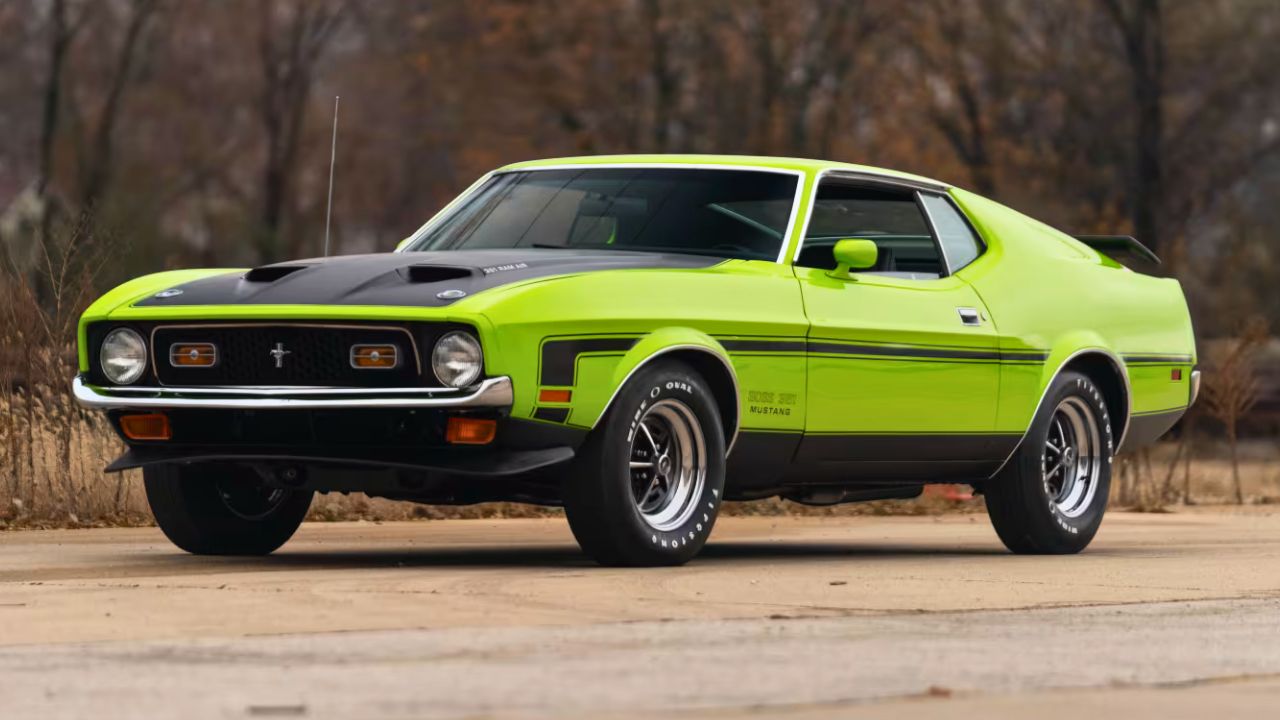
Ford gave the Boss 351 a proper send-off—330 horsepower, 11.7:1 compression, and a healthy solid-lifter cam that screamed at 6,000 rpm. It ran the quarter in the high 13s and had just enough refinement to double as a daily.
But it was a one-year-only car. In 1972, compression dropped to 8.6:1, horsepower sank to 275, and the Boss name disappeared. Interior options stayed largely the same—high-back buckets, full instrumentation—but the urgency was gone. Federal mandates didn’t ban the Boss 351, but they drained the life out of it in just 12 months.
1970 Buick GSX Stage 1
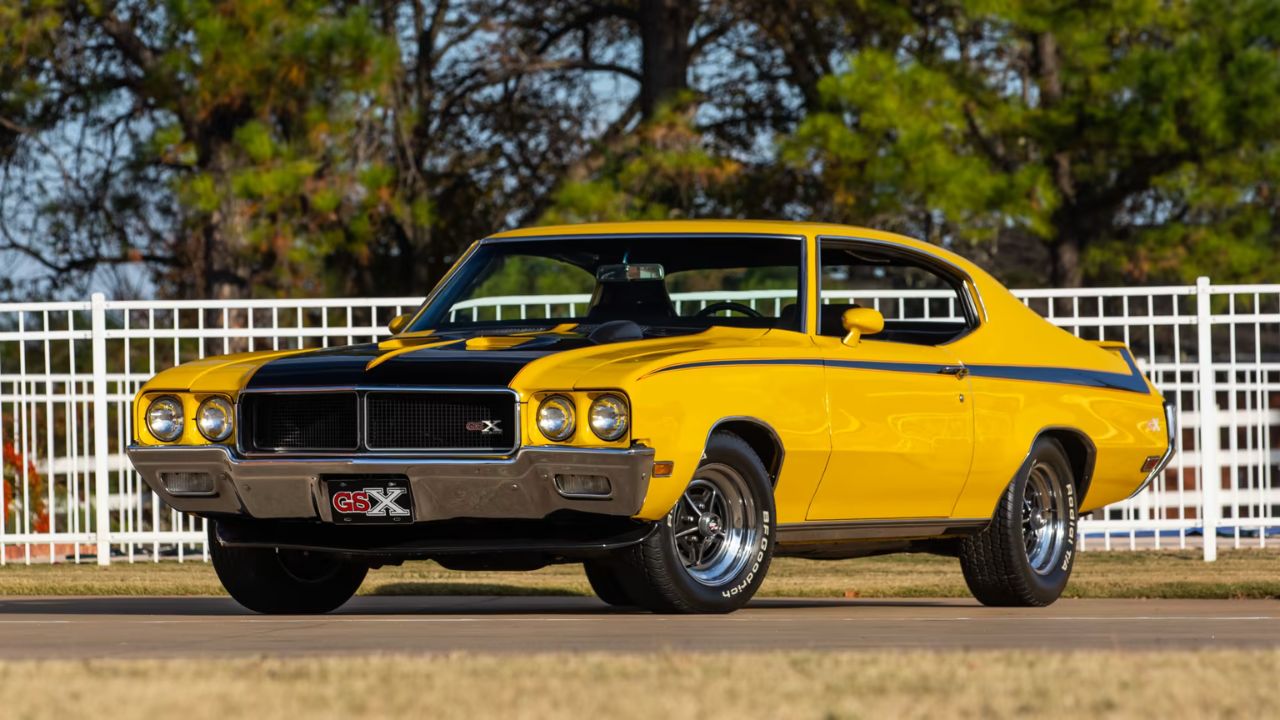
The GSX Stage 1 looked refined, but it was all brute force under the hood. With 510 lb-ft of torque at 2,800 rpm and a 400-horsepower rating that was likely underrated, this car could haul. It was quiet, quick, and brutally effective.
But Buick pulled the plug early. Emissions gear started creeping in by 1971, and the GSX faded after 1972. Compression ratios dropped, performance slipped, and Buick pivoted to comfort and luxury. Interiors stayed clean and upscale, with optional air and tilt wheel, but the muscle was officially outmuscled—thanks mostly to tightening government controls.
1971 AMC Javelin AMX 401
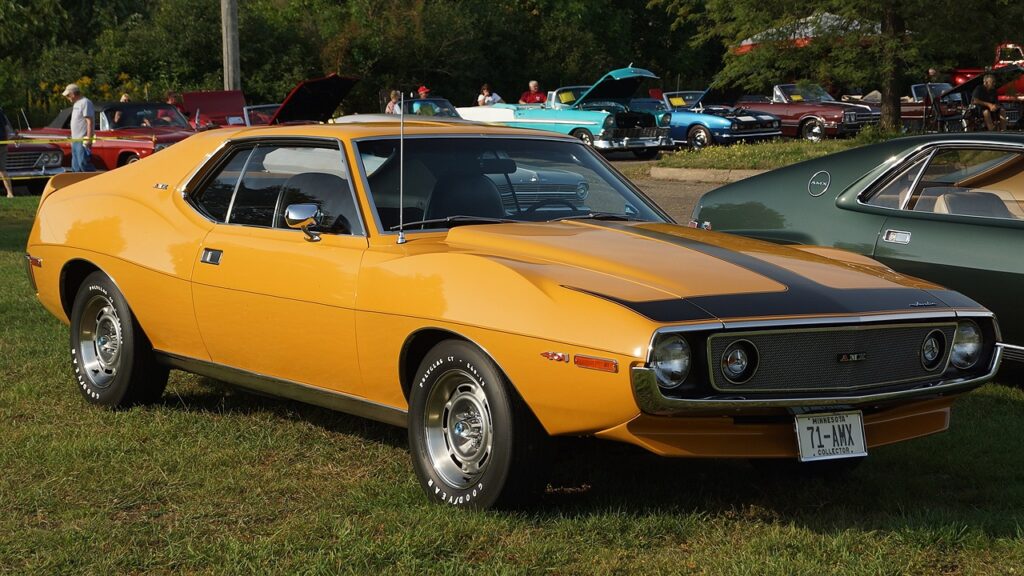
AMC gave the Javelin some real fight in 1971 with the 401-cubic-inch V8 pumping out 330 horsepower. It wasn’t flashy, but it had the goods—Tremec 4-speed, dual exhaust, and a solid handling setup for the era. AMC even put effort into improving interior fit and finish.
Then came the regulations. Compression dropped to 8.5:1 in 1972, emissions controls took over, and power ratings fell across the board. AMC didn’t have the resources to keep up, and by 1974, the Javelin lost its edge. Federal standards didn’t just slow the car—it basically erased its identity.
1970 Mercury Cyclone Spoiler 429
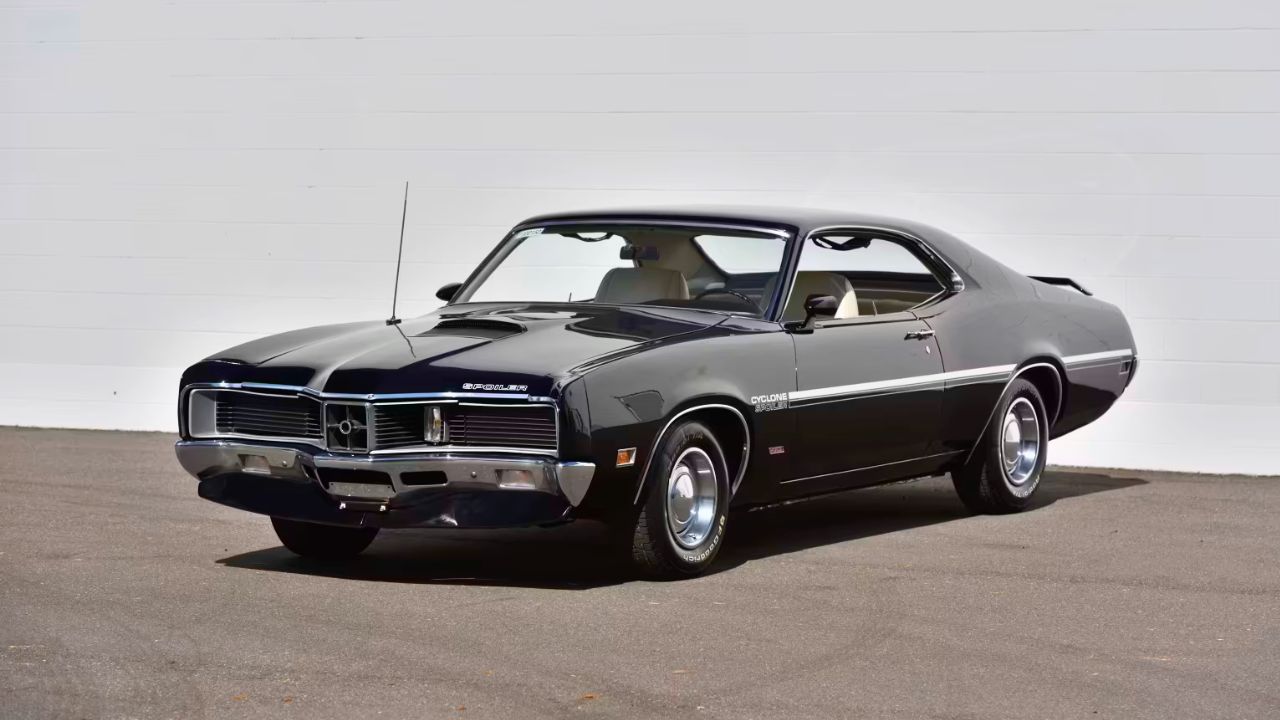
The Cyclone Spoiler came armed with the 429 Super Cobra Jet, a serious contender with 375 horsepower, 450 lb-ft of torque, and optional Drag Pack gears. This thing wasn’t built for subtlety—it was a blunt-force muscle machine with a top-loader 4-speed and 3.91 gears that made it deadly in a straight line.
But its lifespan was short. By 1971, compression ratios dropped, and horsepower slipped as Ford scrambled to meet tightening emissions rules. Interiors were bare-bones—just enough for comfort—but it didn’t matter. Regulations didn’t just detune the Cyclone, they effectively erased its reason to exist.
1970 Oldsmobile 442 W-30
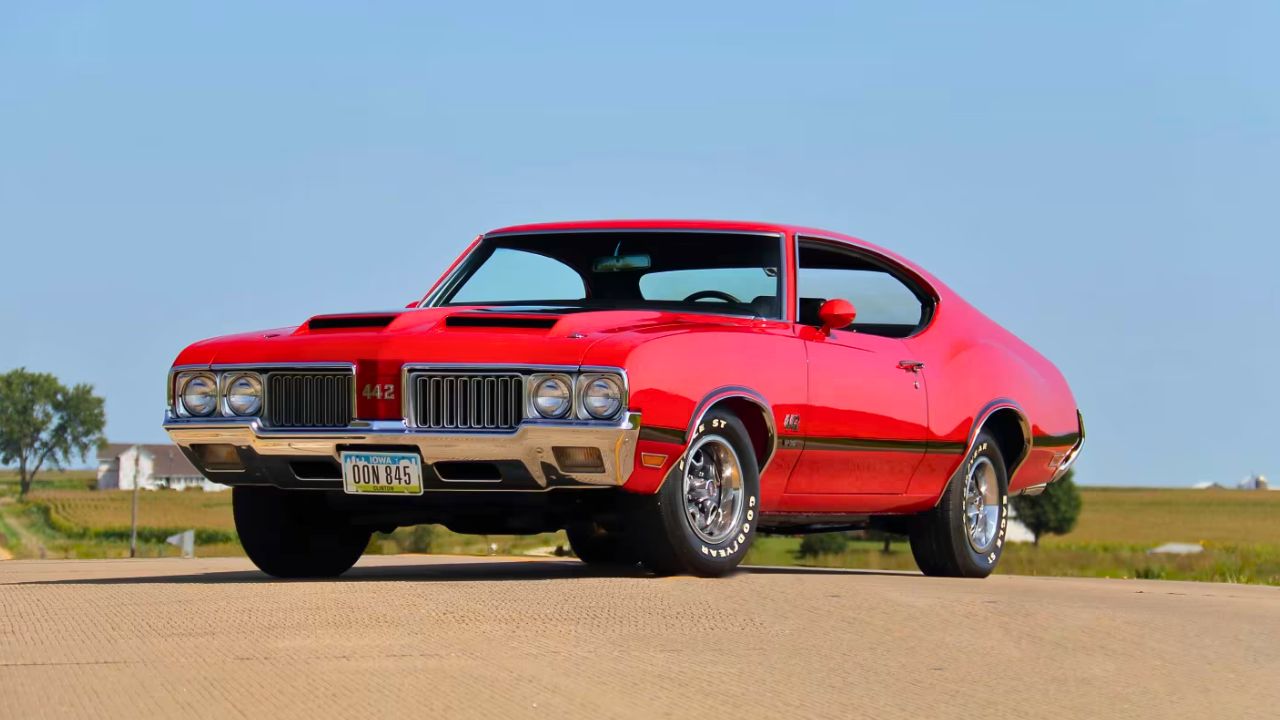
The W-30 package gave the 442 real bite: 370 horsepower, Force-Air induction, a fiberglass hood, and a seriously underrated 500+ lb-ft of torque. It came with a beefed-up TH400 transmission and stiffer F41 suspension, making it one of GM’s most well-rounded muscle cars of the era.
Then it got trimmed back. For 1971, Olds dropped compression to 8.5:1, and by 1972, horsepower was rated at just 300 net. Inside, the 442 stayed upscale—strato-bucket seats, faux wood dash—but the rawness was gone. Once a heavyweight, it became a dressed-up cruiser—another casualty of shifting federal pressure.
1971 Chrysler 300 Hurst
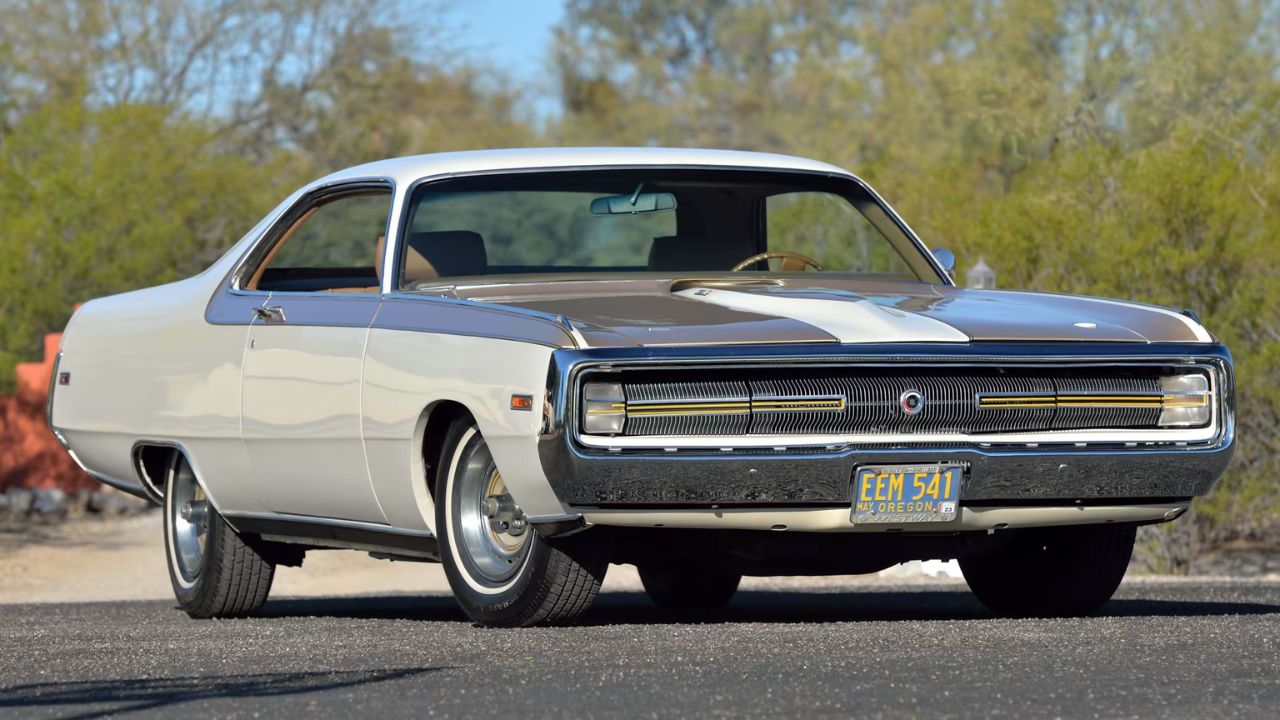
The Chrysler 300 Hurst was an unusual muscle car—more executive cruiser than stoplight brawler—but with a 440 Magnum under the hood making 375 horsepower, it could absolutely move. Built in limited numbers with Hurst styling touches, it offered power windows, leather trim, and a full-lux cabin.
But the timing was terrible. Insurance surcharges and emissions controls were already strangling the segment. Chrysler only built about 485 of them, and there was no 1972 follow-up. The big-block full-size performance formula just didn’t align with new federal standards. It was a one-year idea that never got a second shot.
Like Fast Lane Only’s content? Be sure to follow us.
Here’s more from us:
*Created with AI assistance and editor review.

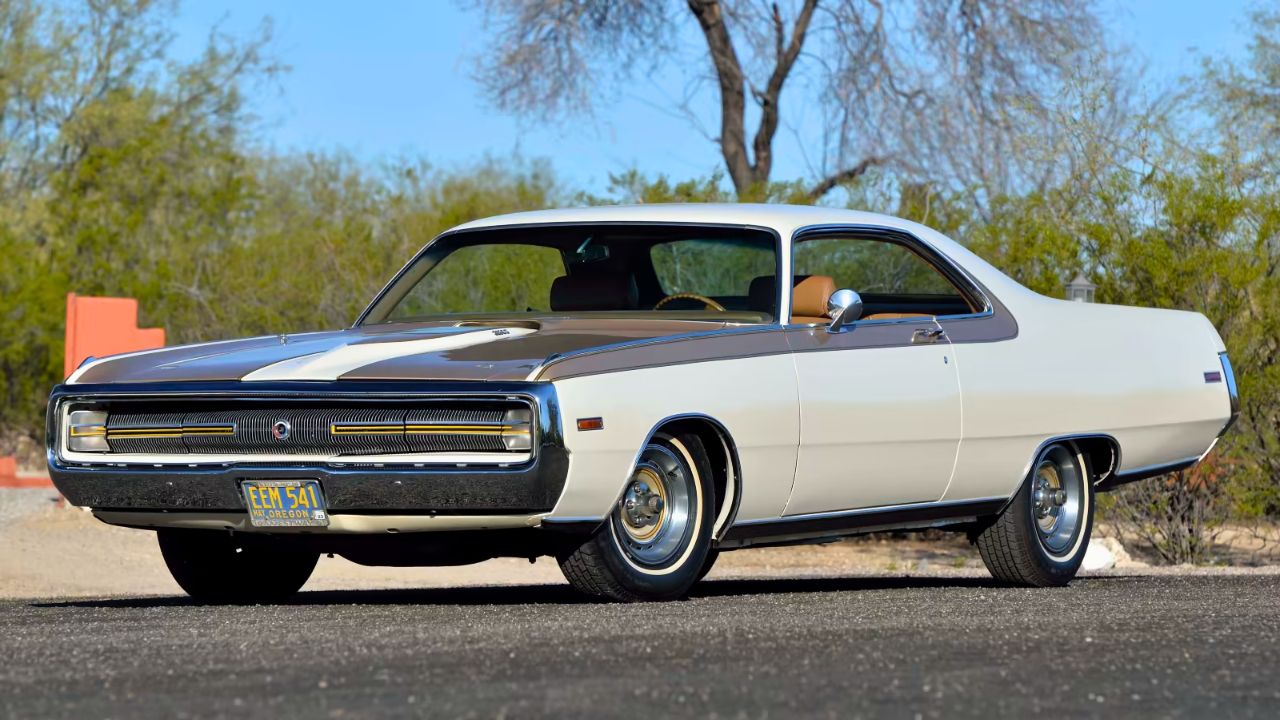





Leave a Reply